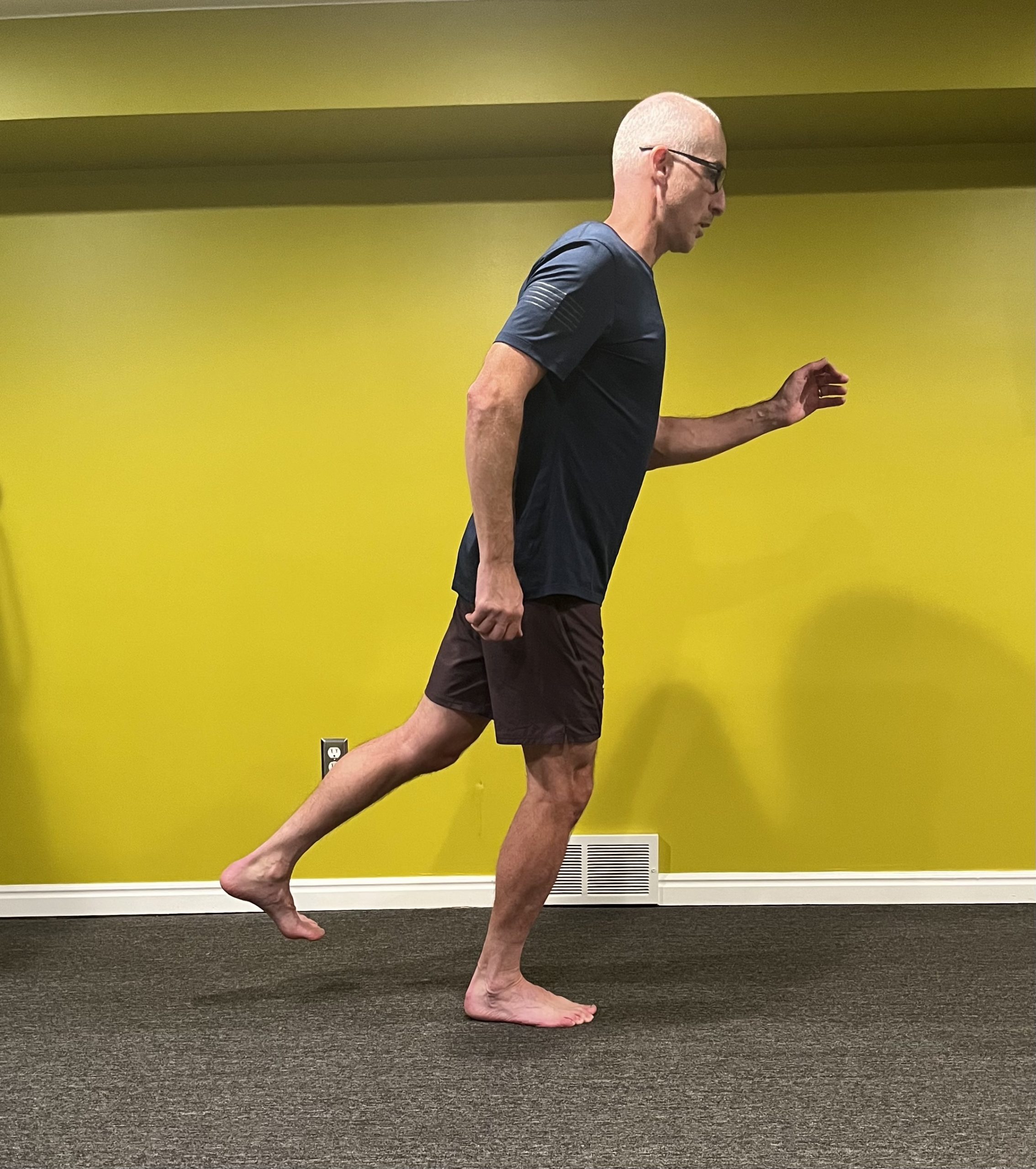Is Science Phasing out Sleep?
페이지 정보
작성자 Willie 작성일 24-11-04 22:09 조회 3 댓글 0본문
Remember: much like gym training, if you want to still practice strong, that’s also fine, but you need to switch around the asanas you do so that you are not working the affected area strongly. Well, alright, you might feel this type of burn in Titibasana (Firefly Pose) B, C, and D if you have tight hamstrings and are working hard with your quadriceps to straighten your legs. What your body is doing here is tightening up the muscles surrounding the area that you have overstressed in an attempt to splint and somewhat immobilize the area. The sensation may be very localized, restricted to one or two muscles, or may cover a larger area. Delayed onset muscle soreness may indicate that you were doing what you thought you were. On the other hand, your teacher may have advised you to try and engage a certain muscle when doing a particular posture. Okay, you have a nice practice, and then the next day, or the day after, you get that feeling like you’ve aged ten years overnight. So, a little delayed onset muscle soreness can be nice.

Sometimes you get a feeling of stiffness and soreness the next day that seems a bit like delayed onset muscle soreness. Muscle soreness, tenderness, and stiffness permeate your body, and you feel like anything but a bendy yogi. This body response is called delayed onset muscle soreness, or DOMS for short. The brands in each category are sorted alphabetically and include a: short about/best for info, link to my full review, and a discount code (if available). Most people are chronically dehydrated and fall way short of this. This may seem like common sense, but I bet that many times during a yoga class, there are people just trying to ignore some pain or other, hoping that the later repercussions will not be too bad. So what about when we feel a sudden sharp pain while practicing, and it hurts to move the offending limb (to varying degrees)? It may hurt to move your sore muscles, but actually, that’s exactly the thing to do. If you have really given yourself a going over, it may last five to seven days, but typically, two to four see the back of it.
If you have had a prolonged break, amped up your practice, or started doing some poses that use more strength than usual, you may well endure a little suffering. Embrace the soreness and use it as a reminder of the hard work you put into your practice. Say, for example, you have decided that your practice has been neglecting your quadriceps, so you add in some postures that you think might hit the spot. Top athletes often have an ice bath straight after a hard session to try to minimize the effects of delayed onset muscle soreness and promote a quicker recovery. If you like the "nasty medicine" course of action, an ice bath will help for sure. When icing, never put the ice directly on the skin unless you are going to keep it moving (such as with an ice massage), and restrict the time of application to 20 minutes for more fleshy areas (e.g., thighs) and 10 minutes for bony areas like the feet and hands. You have tingling or numbness in your arms or hands. You can use a foam roller, massage ball, or your hands to massage the sore areas.
Of course, if you use this muscle a lot already, you may not experience delayed onset muscle soreness. Using carefully prescribed breathing techniques, the masters learned to induce special states, such as deep meditation or heightened awareness, for use in specific situations. Or maybe you’re using a little head flick in the infamous Urdhva Dhanurasana (Wheel Pose). It might be that you are being too aggressive in your forward bends, or perhaps there’s too much pressure on your neck in Sarvangasana (Shoulderstand Pose) or Sirsasana (Headstand Pose). Unlike delayed onset muscle soreness, where you might be willing to think, no problem, change is underway; in these instances, you need to take stock and look at what you are doing in your practice and make adjustments. To combat both muscle tightness and pain, you might also try alternating heat and cold treatments; apply heat for about 20 minutes, followed by cold for about five or ten minutes, switching between the two until you achieve relief. It usually peaks the day or two after an unfamiliar or intense workout and can last for several days. Muscle soreness that occurs 12 to 48 hours after a workout is very common.
Should you loved this information and you would want to receive more info relating to Muscle Pain After Yoga kindly visit our own webpage.
- 이전글 A Good Rant About Grey Fabric Corner Couch
- 다음글 10 Mobile Apps That Are The Best For Repair Upvc Door Frame
댓글목록 0
등록된 댓글이 없습니다.